Beginners Guide To Chakra Healing
Chakras In The Human Body
Chakra is actually the Sanskrit word that would mean wheel. The human body includes seven important chakras and also many minor chakras. These 7 chakras start from the bottom of the backbone and finish on the top of the head. Basically, those chakras possess the wheel of continuous revolving and rotating energy.
Chakra
The root (1st chakra) has the slowest revolving speed while the crown (7th chakra) rotates the fastest. As soon as these chakras are unhealthy, unbalanced, or clogged up, one’s lifestyle tends to be out of sync. Weariness, stress, and other health issues may set in. In such cases, it’s important to unclog the affected chakras and restore their balance.
Chakra Stimulation
Stimulation for each chakra comes from its individual and complimentary color as well as a range of gemstones. Basically, these chakra colors consist of the 7 colors of the rainbow:
- red
- orange
- yellow
- green
- blue
- indigo
- violet.
However, do not go overboard in opening your chakras as too large an opening may lead to excessive universal energy coming into your entire body. that will consequently lead to an energy overload.
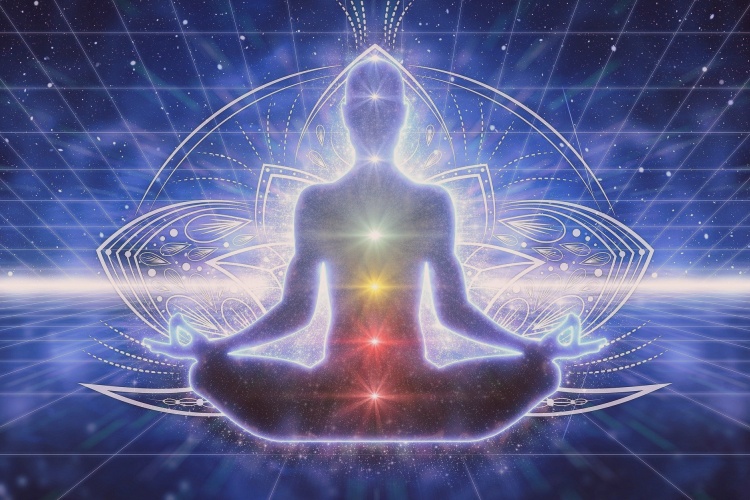
Chakras have a clear connection among themselves and also the condition of their corresponding organ. The following are the 7 chakras and their related organs in the body:
1st chakra (root)
This chakra is connected to the large intestines, the anus has some effects on kidney functioning
2nd chakra (naval)
This chakra is connected to the reproduction system, sex gland, testicles, urinary system, bladder, and kidneys
3rd chakra (solar plexus)
This chakra is connected to the gall bladder, spleen, liver, small intestine, and stomach
4th chakra (heart)
This chakra is associated with the heart and arms
5th chakra (throat)
This chakra associated with the throat and lung area
6th chakra (3rd eye)
This chakra is associated with the face, nose area, eyes, and brains.
7th chakra (crown)
This chakra is related to the whole being, not corresponding to any particular organ.

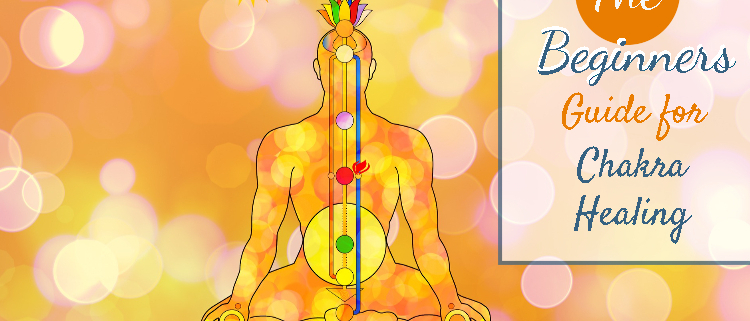
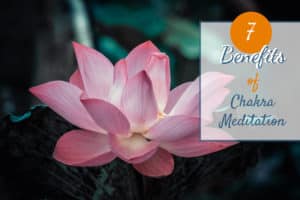
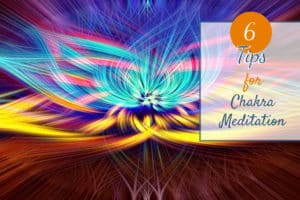
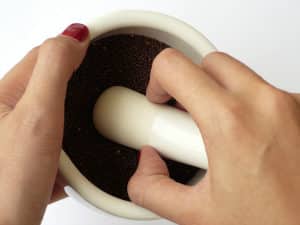

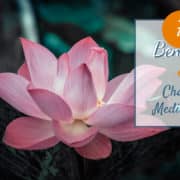
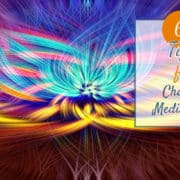
 © 2024 The Advisor With Stacey Chillemi. All rights reserved.
© 2024 The Advisor With Stacey Chillemi. All rights reserved.

Leave a Reply
Want to join the discussion?Feel free to contribute!